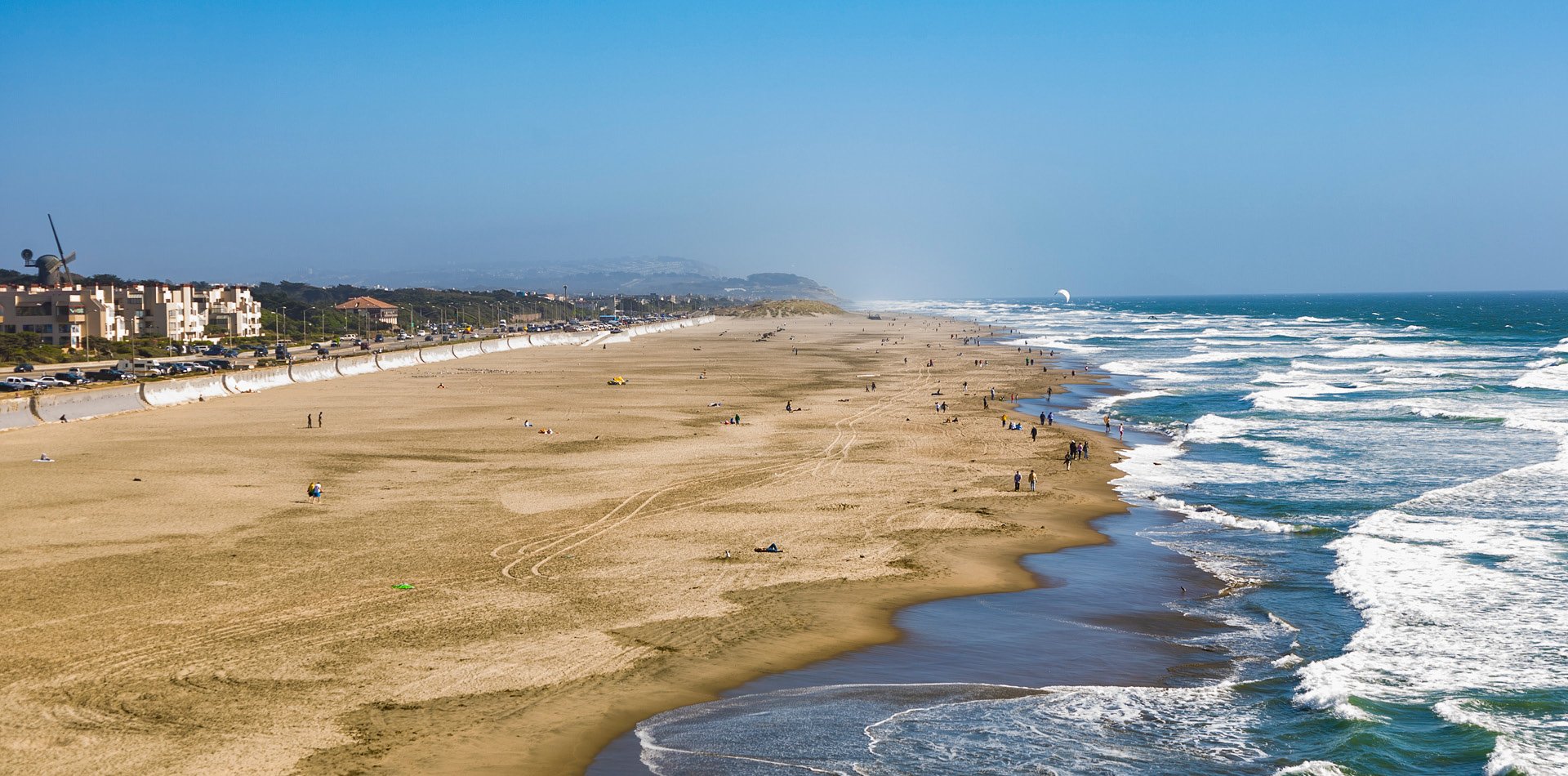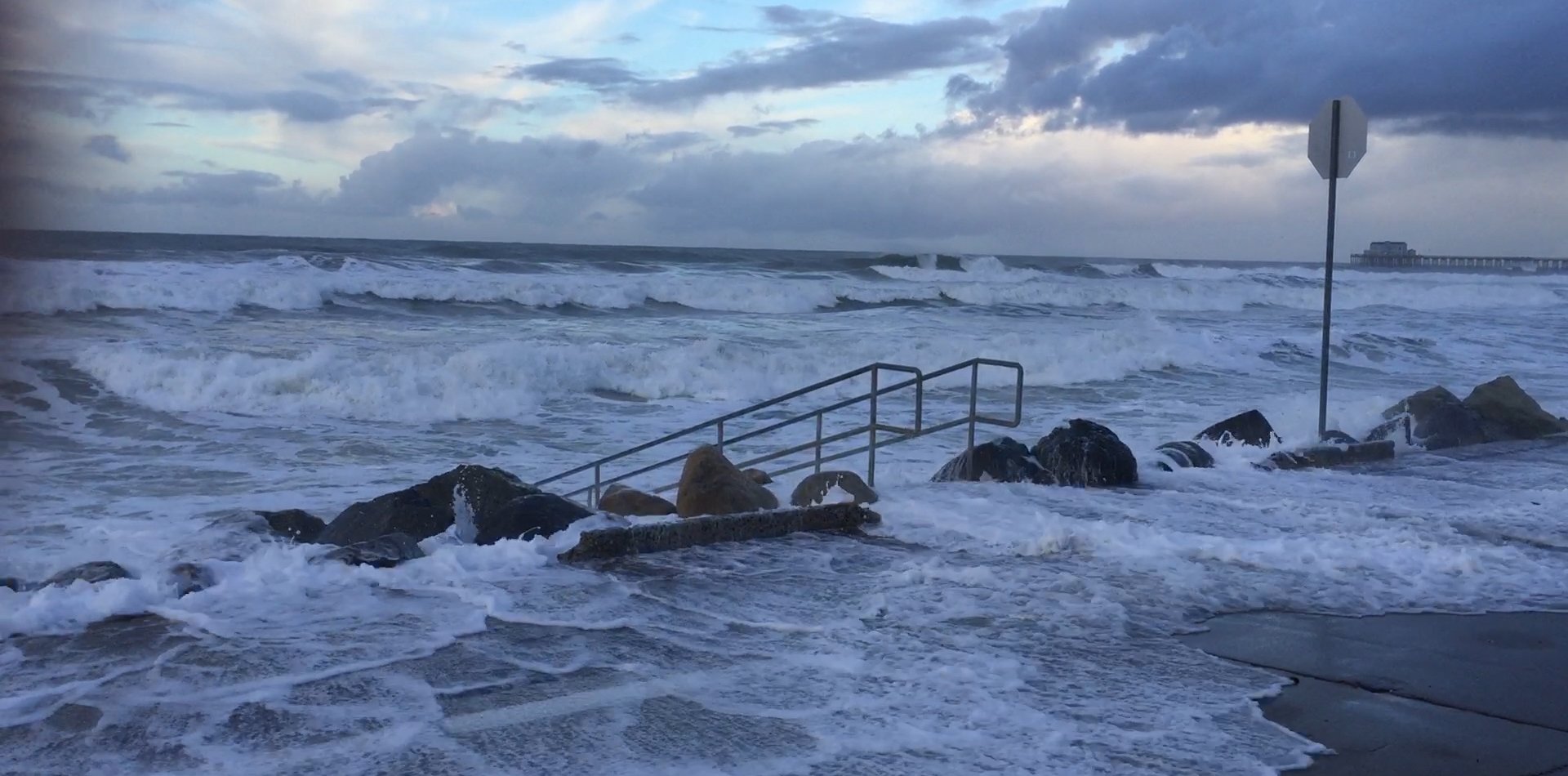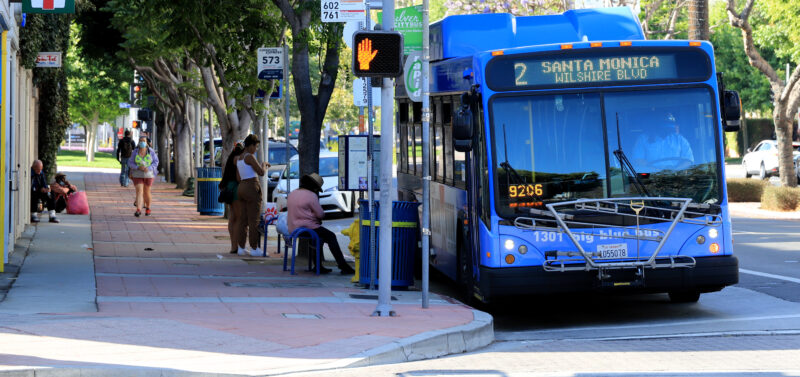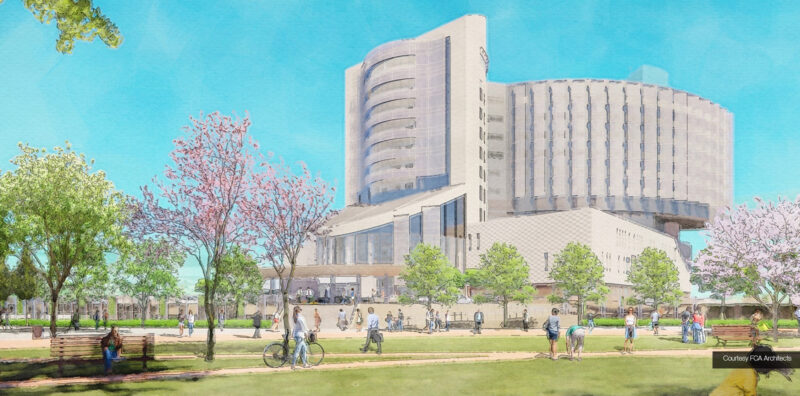ESA is pleased to sponsor, present, and attend this year’s AEP California State Conference in...
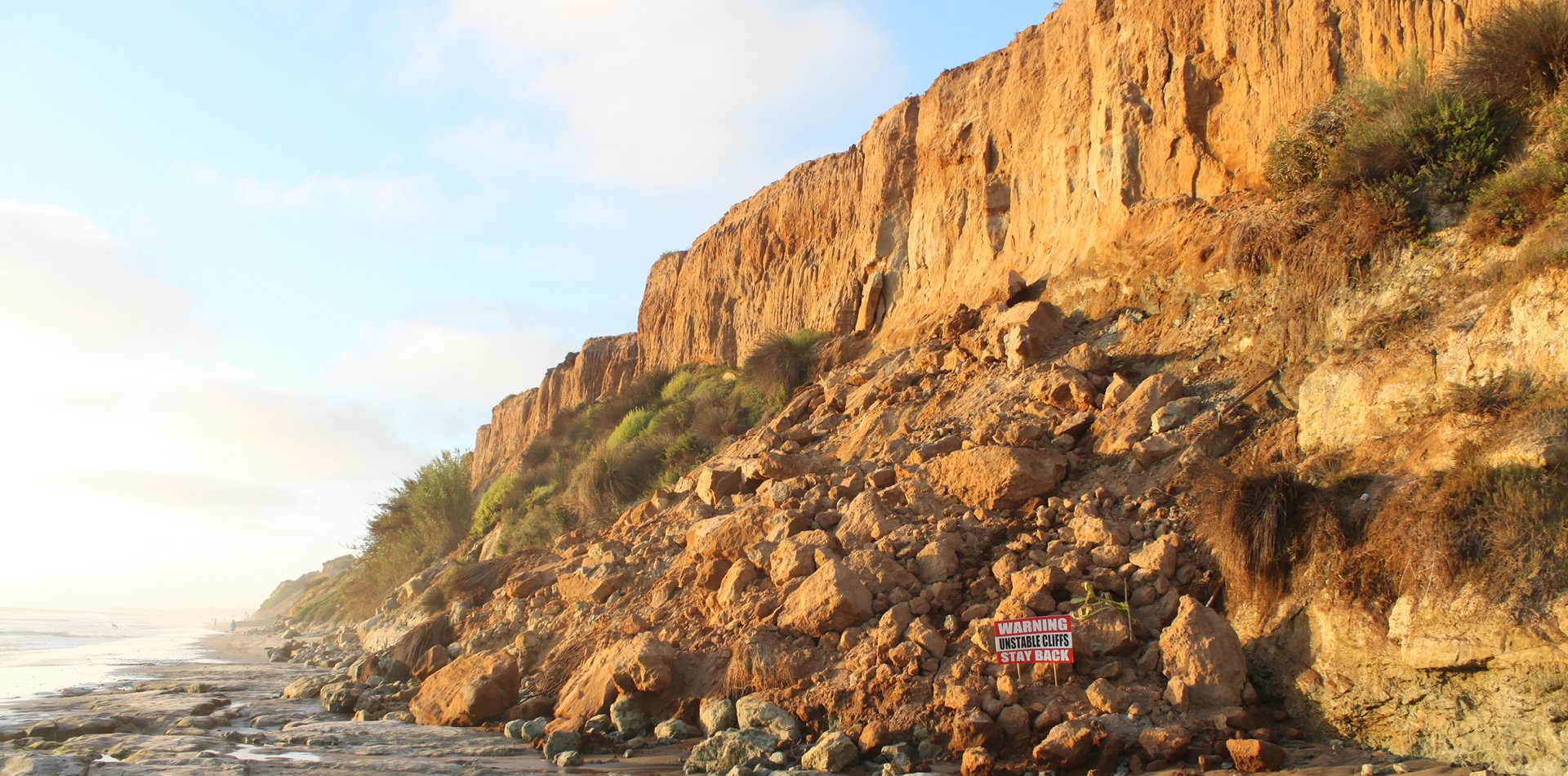
Del Mar Local Coastal Program Amendment
Flooding and erosion are ongoing vulnerabilities for the coastal City of Del Mar. Understanding these vulnerabilities under a range of scenarios can help inform planning, policy development, and adaptation strategies to reduce these potential hazards and protect public health and safety.
Why does this project matter?
Climate change and sea-level rise have myriad impacts; understanding the potential vulnerabilities under a range of sea-level rise scenarios informs planning, policy development, and adaptation strategies to reduce these hazards and vulnerabilities, and protect public health and safety.
What is ESA doing to help?
ESA developed a Local Coastal Program (LCP) Amendment to guide the City in addressing sea-level rise, storm surge, and coastal flooding. This included developing a coastal hazards analysis and vulnerability assessment to analyze the potential impacts of these scenarios and drafting a sea-level rise adaptation plan to serve as the City’s long-range plan. With input from the City, a stakeholder-technical advisory committee, and the California Coastal Commission, ESA finalized the LCP Amendment for adoption by the City and approval by the Commission.
At the same time, ESA prepared a sediment management plan and a detailed vulnerability assessment of San Dieguito Lagoon wetland habitat to inform implementation of the adaptation plan and LCP Amendment policies.
Connect with our team
"The Draft AP [Del Mar Adaptation Plan] is a fantastic example of the sea-level rise adaptation planning process, and I hope it can be shared regionally."
Details
Client City of Del Mar
Location Del Mar, CA
Market Community Development
Services
Agency Consultation & Coordination
Climate Change Adaptation
Coastal Zone Engineering & Management
Community Engagement
Community Planning & Design
Flood & Stormwater Management
Hydrology, Hydraulics & Geomorphology
Land & Resource Management
Sea Level Rise and Coastal Hazards
Notable
2017 Outstanding Technical Report Award, San Diego Association of Environmental Professionals
One of the first LCP Updates to include sea-level rise and an adaptation plan to go to the Coastal Commission
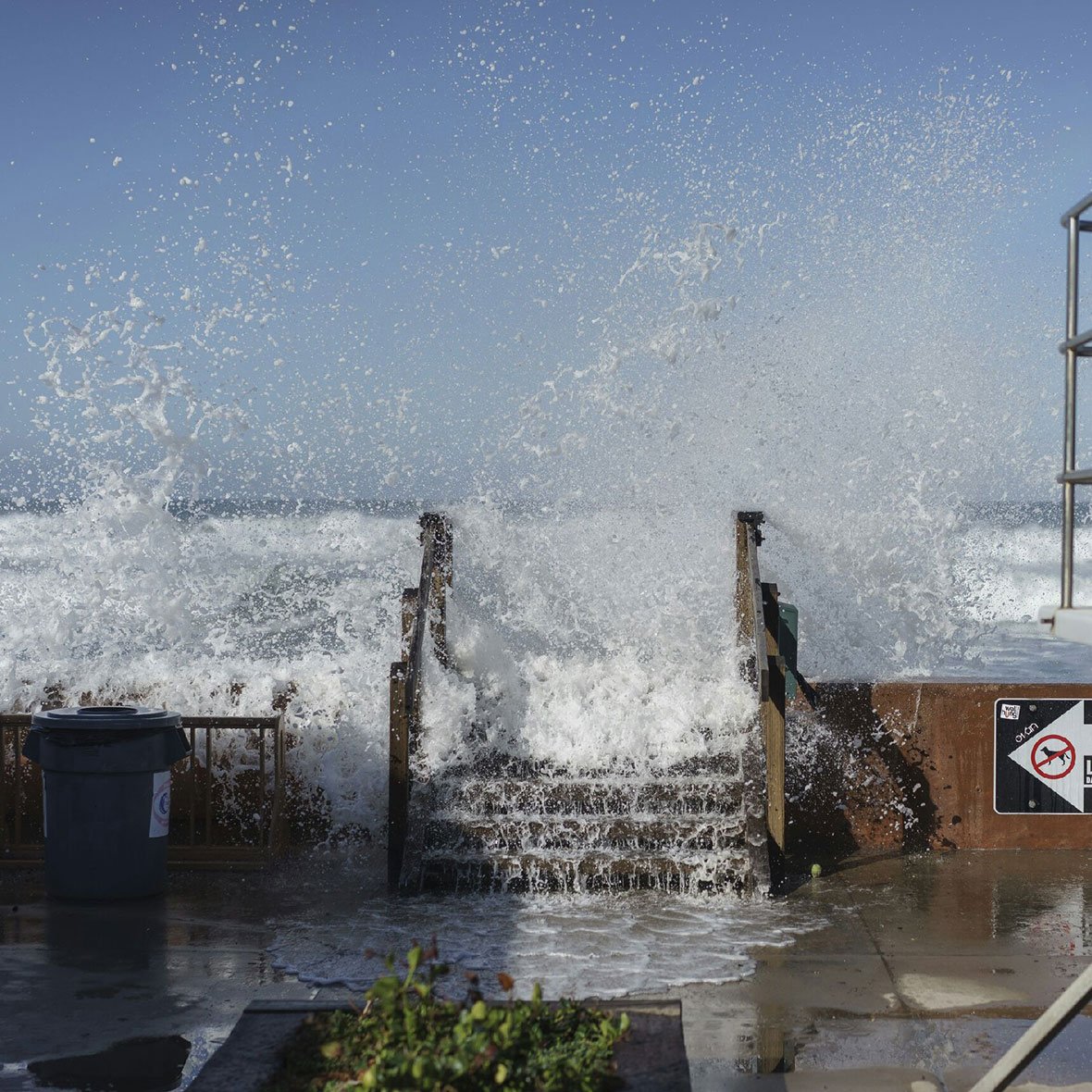
Similar Projects
News & Ideas
The ever-evolving housing market, demand for healthcare facilities, and rising e-commerce needs are just some...
It’s a blisteringly hot summer day in Huntington Park, California. A group of ten environmental...
Since the beginning of the interstate highway system in the late 1950s, transportation facilities were...
Climate Adaptation Plans (CAPs) provide actionable steps for local jurisdictions to reduce emissions and streamline...
Following the Sacramento Kings' move to their new stadium at Golden 1 Center, the 183...

